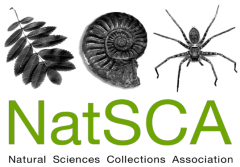Collection assessments are a well-known and widely employed tool for examining the overall state of a collection and identifying any processes which may be causing negative changes to collection items. As such assessments can be time- and resource-intensive, a well-designed method is critical for easy and effective data capture, analysis, and replication within a reasonable timeframe. The difficulty in striking this balance has produced nearly as many methods as there are museums, but there is still a high degree of subjectivity, ambiguity, and variability in both procedure and result. The Deterioration Phenomena (DP) Method was designed in an attempt to tackle these challenges. It can be quickly performed on an entire or substantial fraction of a collection. This coverage is achieved by recording only the presence or absence of pre-defined visible ‘Deterioration Phenomena’ (DP). The extent and severity of these criteria are purposefully not determined in or-der to minimise surveying time, reduce variability due to interpretational bias, and solve the quandary of assigning quantitative values to subjective perceptions. The DP Method has been successfully applied to four mineralogical collections, and provided ample data to determine and understand local deterioration processes. As the methodology is easy to adapt - through selecting DP that are applicable for the items being surveyed - it is hoped that the DP Method will be adopted within and beyond natural history collections to monitor change over time and to elucidate deterioration causes and pathways.
Journal Article
-
The Deterioration Phenomena (DP) Method: An efficient approach to collection surveyingJournal of Natural Science Collections, Volume 12, pages 105 - 125Keywords: Deterioration Phenomena Method, conservation, condition assessment, collection survey, care of collections, natural history collections
